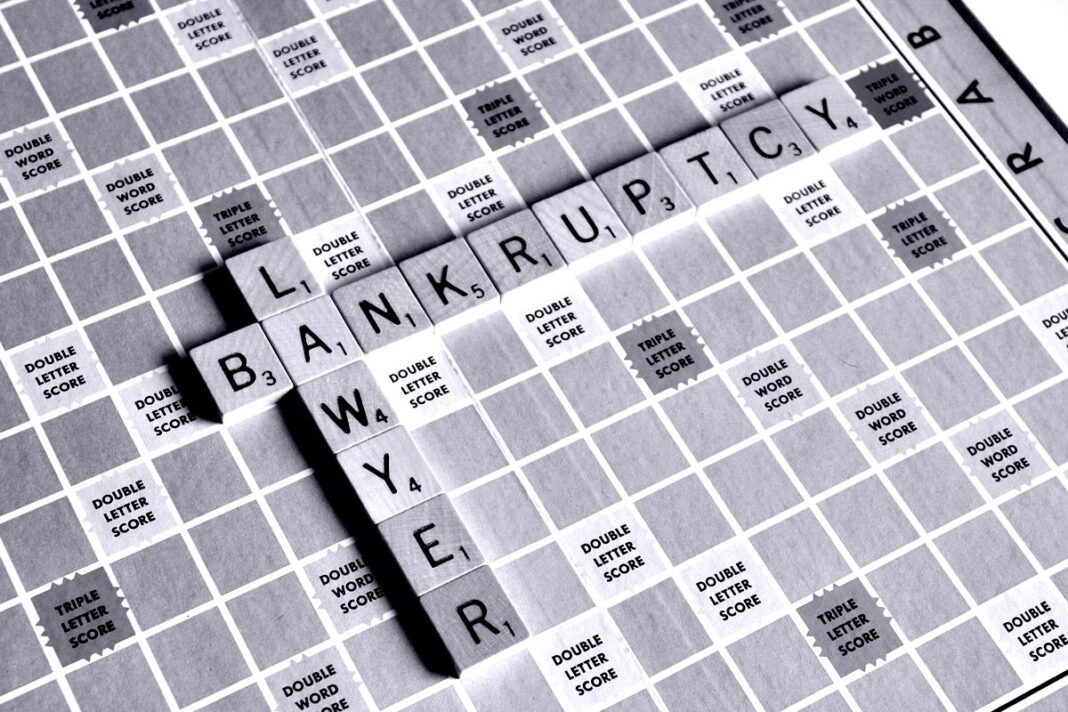There are also growing concerns about rising credit stress among Americans.
A total of 249,152 individual Chapter 7 bankruptcy filings were made in the first nine months of this year in the United States, which is a 15 percent jump compared to the same period last year, the American Bankruptcy Institute (ABI) said in an Oct. 3 statement.
Chapter 7 bankruptcy, also known as liquidation bankruptcy, involves a court-appointed trustee selling off an individual’s nonexempt assets to pay off creditors. It can discharge certain debts, with the individual no longer obliged to pay them.
This is different from a Chapter 13 bankruptcy, where an individual retains all assets, but has to agree on a repayment plan with creditors that can last for three to five years.
There were 149,337 individual Chapter 13 bankruptcy filings made during the first nine months of 2025, up 4 percent from the same period in 2024, ABI said.
Total individual bankruptcy filings rose 11 percent during this period, it added.
The sharp rise highlights mounting financial pressure on households, Michael Hunter, vice president of bankruptcy data provider Epiq AACER, said in the ABI statement.
“The growth in active Chapter 13 case inventory suggests more consumers are turning to bankruptcy as a necessary financial reset. We expect this upward trend to continue, with a strong likelihood of accelerating into 2026.”
There are also growing concerns about rising credit stress among Americans.
In a Sept. 24 statement, financial services company VantageScore stated that credit delinquencies rose across nearly all credit tiers and delinquency categories in August, year-over-year.
“For example, the increase in auto loan and personal loan credit delinquencies likely reflects, in part, the compounding effects of sustained inflation, consistently elevated interest rates, higher borrowing costs, and an unsteady employment picture,” said Susan Fahy, EVP and Chief Digital Officer at VantageScore.
However, the economic numbers have fared better in recent times. The inflation rate has remained between 2.3 and 3 percent since June last year, accompanied by a steady job market, which has contributed to stabilizing the economy.
The number of job openings in the United States rose by 19,000 in August to 7.27 million, according to the Bureau of Labor Statistics’s Sept. 30 Job Openings and Labor Turnover Survey report.
A Sept. 30 research report by job site Indeed characterized the labor market as a “low firing, low hiring, low churn” one.
“Limited layoffs have been a reassuring constant in the face of mounting volatility elsewhere in the economy, and the relative stability for those workers who already have a job has helped keep spending steady,” according to the report.
On the flip side, “for people seeking a job who are on the outside looking in, a lack of dynamism in the market is keeping their options limited.”








